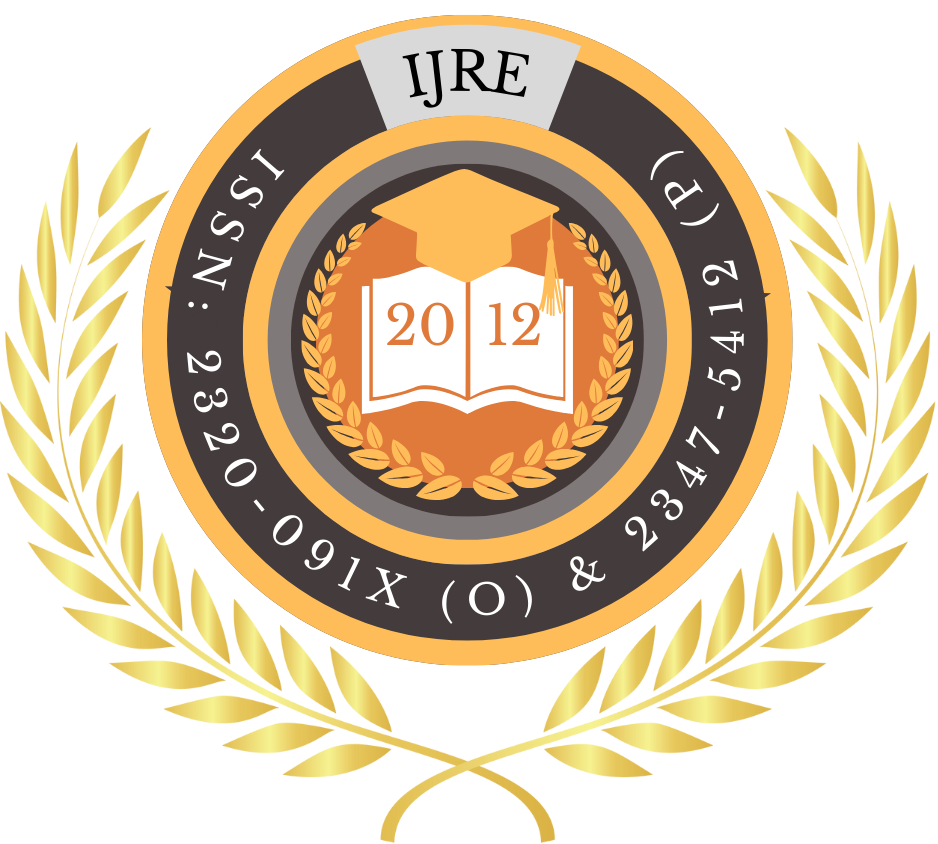![]()
Certificate: View Certificate
Published Paper PDF: View PDF
Suresh Kumar
Independent Researcher
Delhi, India
Abstract
Gamification has increasingly become a transformative approach within educational contexts, leveraging game design principles to motivate and engage learners in non‑game environments. In professional development, particularly teacher training, maintaining high levels of motivation and engagement presents an ongoing challenge. This study explores the design, implementation, and impact of gamified teacher training modules on participant engagement, satisfaction, and perceived learning effectiveness. Over eight weeks, 210 in‑service teachers from diverse subject areas participated in a series of four gamified online workshops incorporating points, badges, leaderboards, narrative quests, and immediate feedback mechanisms. Employing a mixed‑methods design, participants completed pre‑ and post‑intervention surveys measuring self‑reported engagement, satisfaction, and perceived efficacy, supplemented by optional open‑ended reflections. Quantitative analysis revealed statistically significant improvements in engagement (ΔM = +1.1 on a 5‑point scale; p < .001) and satisfaction (ΔM = +1.1; p < .001), with a large effect size (Cohen’s d > 1.1). Qualitative feedback highlighted narrative framing and instant feedback as the most influential elements, fostering a sense of progression, autonomy, and relatedness. While competitive features like leaderboards spurred motivation for many, a subset of participants reported stress and suggested team‑based alternatives. Findings inform best practices for integrating gamification into scalable, cost‑effective professional development that sustains teacher motivation and supports ongoing skill acquisition. Recommendations address balancing intrinsic and extrinsic motivators, incorporating optional competitive elements, and anchoring modules in meaningful narratives. Implications extend to instructional designers, school administrators, and policy makers seeking evidence‑based strategies to revitalize teacher learning communities and enhance the transfer of training into classroom practice.
Keywords
Gamification, Teacher Training, Engagement, Professional Development, Educational Technology
References
- Anderson, L. W., Krathwohl, D. R., & Bloom, B. S. (2001). A taxonomy for learning, teaching, and assessing: A revision of Bloom’s taxonomy of educational objectives. Longman.
- Buckley, P., & Doyle, E. (2014). Gamification and student motivation. Interactive Learning Environments, 24(6), 1162–1175.
- Darling‑Hammond, L., Hyler, M. E., & Gardner, M. (2017). Effective teacher professional development. Learning Policy Institute.
- Deci, E. L., & Ryan, R. M. (2000). The “what” and “why” of goal pursuits: Human needs and the self‑determination of behavior. Psychological Inquiry, 11(4), 227–268.
- Desimone, L. M. (2009). Improving impact studies of teachers’ professional development: Toward better conceptualizations and measures. Educational Researcher, 38(3), 181–199.
- Deterding, S., Dixon, D., Khaled, R., & Nacke, L. (2011). From game design elements to gamefulness: Defining “gamification.” Proceedings of the 15th International Academic MindTrek Conference, 9–15.
- Domínguez, A., Saenz‑de‑Navarrete, J., de-Marcos, L., Fernández‑Sanz, L., Pagés, C., & Martínez‑Herráiz, J. J. (2013). Gamifying learning experiences: Practical implications and outcomes. Computers & Education, 63, 380–392.
- Guskey, T. R. (2002). Professional development and teacher change. Teachers and Teaching, 8(3), 381–391.
- Hamari, J., Koivisto, J., & Sarsa, H. (2014). Does gamification work? — A literature review of empirical studies on gamification. Proceedings of the 47th Hawaii International Conference on System Sciences, 3025–3034.
- Kapp, K. M. (2012). The gamification of learning and instruction: Game‑based methods and strategies for training and education. Pfeiffer.
- Knowles, M. S., Holton, E. F., & Swanson, R. A. (2015). The adult learner: The definitive classic in adult education and human resource development (8th ed.). Routledge.
- Landers, R. N. (2014). Developing a theory of gamified learning: Linking serious games and gamification of learning. Simulation & Gaming, 45(6), 752–768.
- Landers, R. N., & Armstrong, M. B. (2017). Enhancing instructional outcomes with gamification: An empirical test of the Technology‑Enhanced Training Effectiveness Model. Computers in Human Behavior, 71, 499–507.
- Nicholson, S. (2015). A recipe for meaningful gamification. In K. M. Kapp, L. L. Blair, & Y. Mesch (Eds.), Gamification in education and business (pp. 1–20). Springer.
- Subhash, S., & Cudney, E. A. (2018). Gamified learning in higher education: A systematic review of the literature. Computers in Human Behavior, 87, 192–206.
- Van Roy, R., & Zaman, B. (2018). The effect of an open achievement system on student motivation and performance. Computers & Education, 127, 265–284.
- Werbach, K., & Hunter, D. (2012). For the win: How game thinking can revolutionize your business. Wharton Digital Press.
- Wrzesien, M., & Raya, M. A. (2010). Learning in serious virtual worlds: Evaluation of learning outcomes and student motivation. Computers & Education, 55(1), 178–187.
- Hanus, M. D., & Fox, J. (2015). Assessing the effects of gamification in the classroom: A longitudinal study on intrinsic motivation, social comparison, satisfaction, effort, and academic performance. Computers & Education, 80, 152–161.
- Kim, B., Park, H. W., & Baek, Y. (2018). Not just fun, but serious strategies: Using meta‑analysis to explore the effects of serious games on learning. Computers & Education, 49(4), 1290–1306.
